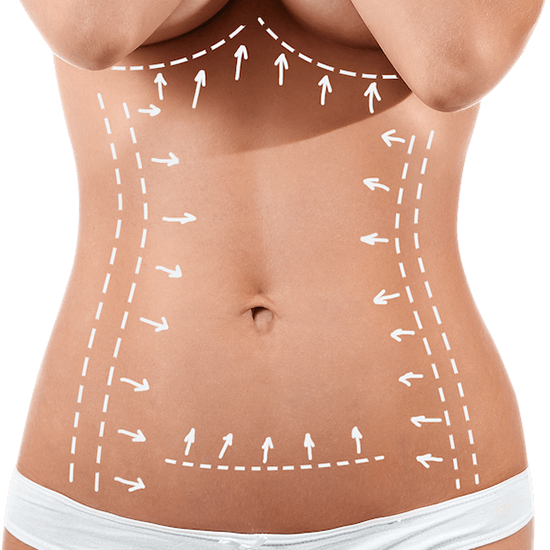Mommy Makeover Recovery
Get a Quote
A Mommy Makeover is a cosmetic surgery procedure that combines multiple surgeries to help women regain their pre-pregnancy bodies.
Typically, a Mommy Makeover will include a combination of procedures such as breast augmentation or reduction, tummy tuck, liposuction, and/or other cosmetic procedures.
What to Expect During Mommy Makeover Recovery?
During Mommy Makeover recovery, there are several things you can expect to experience. Here are some of the most common things that patients report during their recovery:
-
It is common to experience some degree of pain and discomfort following a Mommy Makeover, especially in the first few days after surgery. Your surgeon will likely prescribe pain medication to help manage any discomfort.
-
Swelling and bruising are also common after a Mommy Makeover. You may notice that the treated areas are swollen, bruised, and tender to the touch. This is a normal part of the healing process and will usually subside within a few weeks.
-
You may experience limited mobility following a Mommy Makeover, especially if you had a tummy tuck or other abdominal surgery.
-
You will likely need to wear compression garments to help reduce swelling and promote healing.
With proper care and attention, you can expect to have a successful Mommy Makeover recovery and enjoy your new, rejuvenated appearance.
What is the Mommy Makeover Timeline?
Immediately after surgery:
-
You will be taken to a recovery area where you will be monitored for a few hours before being discharged.
-
You will need someone to drive you home, and it is recommended that someone stay with you for the first few days to help with daily activities.
-
You will need to rest and avoid any strenuous activity for at least 24-48 hours.
First week after surgery:
-
You will likely experience swelling, bruising, and some discomfort.
-
You will need to wear compression garments to help with swelling and promote healing.
-
It is important to follow your surgeon's instructions for medication and wound care.
-
You will need to avoid any heavy lifting, bending, or twisting for at least one week.
Second week after surgery:
-
You may be able to resume some light activities such as walking, but you should still avoid any strenuous exercise or heavy lifting.
-
You may need to continue wearing compression garments.
-
Your surgeon will likely schedule a follow-up appointment to check your progress and remove any stitches or drains.
Third week after surgery:
-
You may begin to feel more comfortable and experience less swelling and bruising.
-
You may be able to resume some light exercise, but it is important to avoid any high-impact or strenuous activities.
-
You should continue wearing compression garments as recommended by your surgeon.
Fourth week and beyond:
-
You may be able to resume most normal activities, but it is important to listen to your body and avoid any activities that cause discomfort or pain.
-
You should continue to wear compression garments as recommended by your surgeon.
-
Your final results may not be fully visible until several months after surgery.
What are the Tips to Speed Up Mommy Makeover Recovery Time?
While recovery time can vary for a Mommy Makeover, there are some tips that can help speed up the recovery process and minimize discomfort. Here are some tips to consider:
-
Follow your surgeon's instructions
-
Rest and avoid strenuous activity
-
Stay hydrated
-
Eating a healthy, balanced diet can help promote healing and reduce inflammation. Aim to eat plenty of fruits, vegetables, lean protein, and whole grains.
-
Be sure to take the medications as directed, and do not stop taking them without first consulting with your surgeon.
-
Use ice and heat therapy
By following these tips and taking good care of yourself during the recovery process, you can help speed up your Mommy Makeover recovery time and achieve optimal results.
What are the Complications Can Be Occurred After Mommy Makeover?
Like any surgery, there are potential risks and complications associated with a Mommy Makeover. Some possible complications include:
-
Bleeding or hematoma
-
Infection
-
Poor wound healing
-
Nerve damage
-
Blood clots
-
Seroma
-
Anesthesia complications
Written on 01/01/2018
-
Last Update: 20/10/2023

 Ask a Doctor
Ask a Doctor





